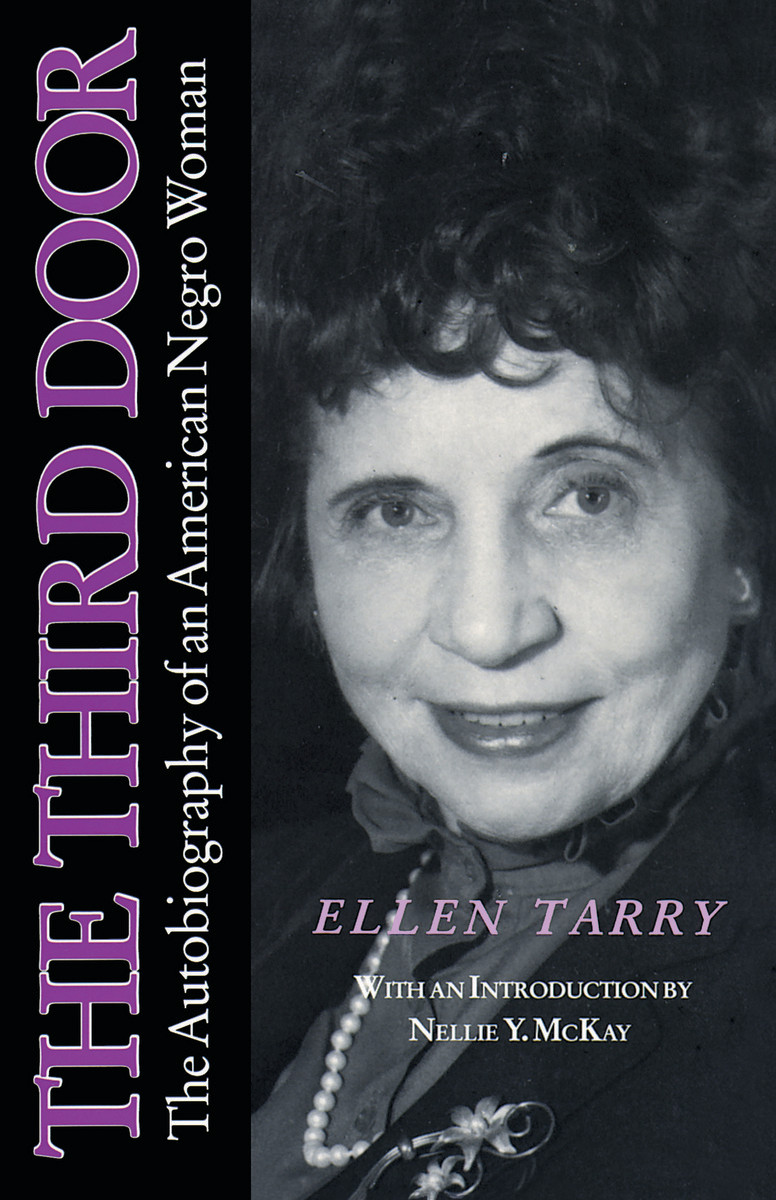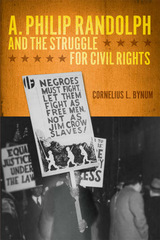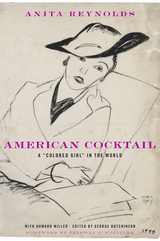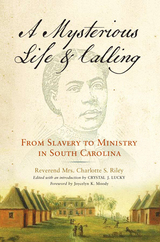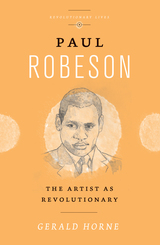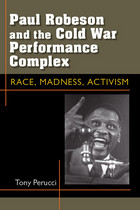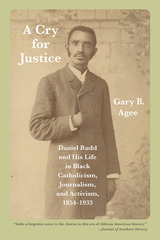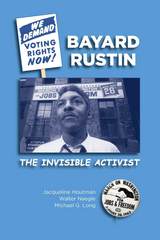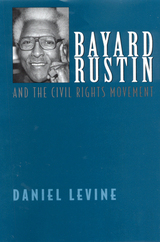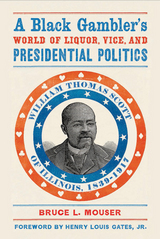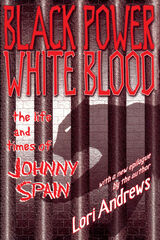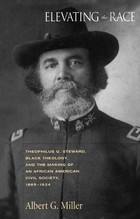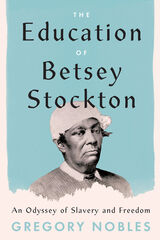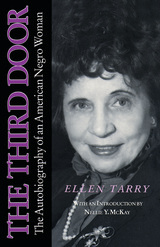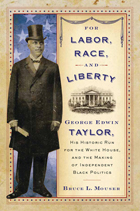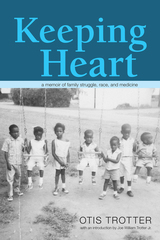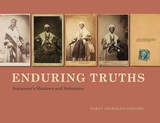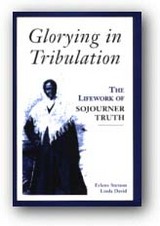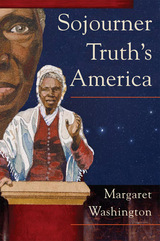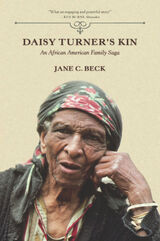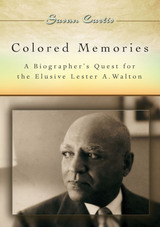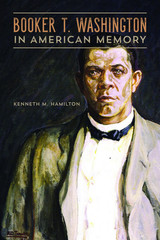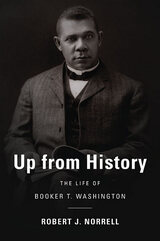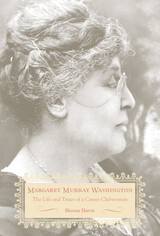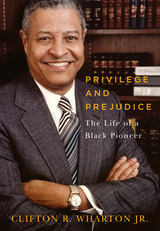eISBN: 978-0-8173-8905-5 | Paper: 978-0-8173-0579-6
Library of Congress Classification E185.97.T37A3 1992
Dewey Decimal Classification 973.04960730092
Tarry relates her life against the background of a changing American society
In pursuit of her dream of becoming a writer, Tarry moved to New York, where she worked for black newspapers and became acquainted with some of the prominent black artists and writers of the day, particularly Claude McKay and James Weldon Johnson. Her devotion to the church found expression in social work activities, first in Harlem, then in Chicago, and, during World War II, in Anniston, Alabama, where she directed a USO for black soldiers stationed at Fort McClellan. Tarry wrote several books for young readers, including biographies of James Weldon Johnson and Pierre Toussaint. She continued her social work career after the war and now lives in New York.
See other books on: 1906- | African American women | Afro-American women | Afro-Americans | Autobiography
See other titles from University of Alabama Press
